In the world of antique sheet music, some pieces stand out not only for their musical brilliance but also for their rarity. These limited editions have become treasured collectibles, offering a unique glimpse into the history and creativity of some of the greatest composers. Each piece holds its own story, preserved through its notes, original cover art, and the personal markings of the composers. With only a handful of copies in existence, these rare sheets carry a charm that goes beyond their musical compositions, connecting us to a bygone era. For collectors and music enthusiasts alike, these works represent not just art but priceless pieces of cultural heritage.
“Maple Leaf Rag” by Scott Joplin (1899)
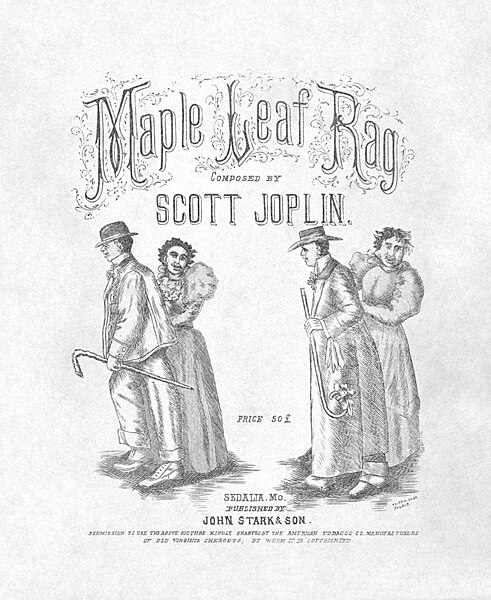
Scott Joplin’s “Maple Leaf Rag” is one of the most celebrated ragtime pieces in music history, yet original editions of the sheet music are rare finds today. Published in 1899, this piece marked Joplin’s breakout into mainstream fame, setting the stage for his legacy in the American music canon. Printed by John Stark & Son, only a limited number of these early copies have survived, making them valuable collector’s items. The sheet music features unique typography and artwork reflecting the stylistic trends of the late 19th century, with intricate details in its title page design. Its popularity spurred countless performances and arrangements, but owning an original edition carries an unmatched historical significance. Collectors and ragtime enthusiasts alike treasure these limited copies, which can fetch significant prices at auctions due to their rarity. As a cornerstone of the ragtime genre, “Maple Leaf Rag” continues to hold a revered place in music history.
“Clair de Lune” by Claude Debussy (1905)

Claude Debussy’s “Clair de Lune” is a masterpiece of impressionist music, first published in 1905. Known for its delicate, flowing melody, this piece has captured listeners’ hearts for over a century. Original copies of the sheet music are particularly valuable, as only a small number were produced during Debussy’s lifetime. Printed with distinct Art Nouveau styling, each page reflects the aesthetic trends of early 20th-century Paris. Collectors highly prize these rare editions, as they represent a personal connection to the composer himself. The scarcity of authentic copies has driven up their value, especially in pristine condition. “Clair de Lune” remains one of the most iconic works in classical music, making these original prints a treasure for any music enthusiast.
“The Entertainer” by Scott Joplin (1902)

Another gem from Scott Joplin, “The Entertainer” quickly became an anthem of ragtime music after its publication in 1902. Early editions are now rare, their limited copies holding incredible value among collectors. The sheet music captures the lively energy of Joplin’s style, with intricate cover art that reflects the spirit of the ragtime era. Its original printings bear Joplin’s signature motifs, blending syncopation and rhythm that would later influence jazz. Many of these early copies have faded or been lost to time, enhancing the exclusivity of those that remain intact. As an iconic piece in American music, “The Entertainer” continues to be beloved, making original editions an esteemed possession. Musicians and collectors alike cherish these relics of ragtime history.
“Nocturne Op. 9, No. 2” by Frédéric Chopin (1832)
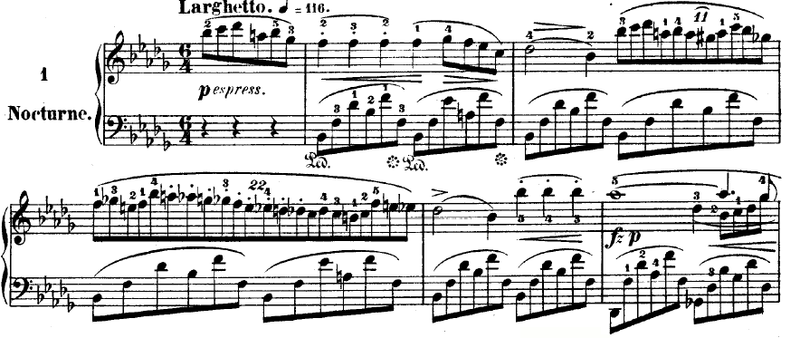
Chopin’s “Nocturne Op. 9, No. 2” is one of his most recognizable compositions, evoking a sense of serenity and melancholy. Original copies from 1832 are exceptionally rare and remain highly prized among collectors of Romantic-era music. The first edition offers unique insights into Chopin’s precise notation and expressive intentions, showcasing subtle details that later editions sometimes omit. With its intricate cover design and elegant typography, this antique sheet music reflects the sophistication of Chopin’s artistry. Surviving copies are few, often found in private collections or museum archives, and their value has only increased over time. As a cornerstone of nocturnes, the original sheet music captures the essence of Chopin’s compositional genius. For pianists and collectors alike, owning a copy is akin to holding a piece of musical history.
“Für Elise” by Ludwig van Beethoven (1810)
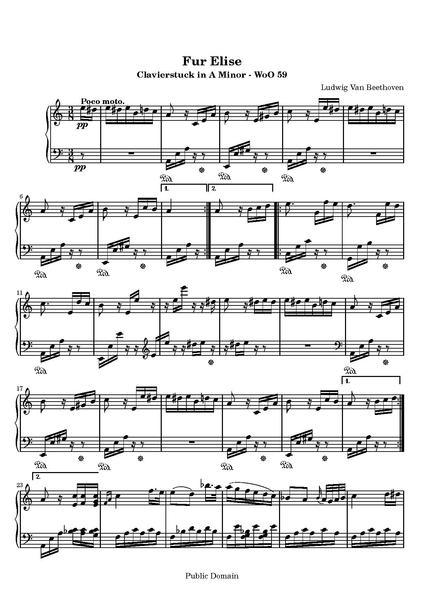
Beethoven’s “Für Elise” is one of his most famous piano pieces, yet early copies of its sheet music are remarkably hard to find. Composed in 1810 but not published until later, original editions are almost nonexistent. Known for its memorable melody and simplicity, the piece has become a staple in piano repertoire worldwide. The earliest sheet music editions capture Beethoven’s unique notations, offering a glimpse into his creative process. These copies hold immense value as artifacts from one of classical music’s greatest composers. Collectors see them as prized possessions, embodying the timeless appeal of Beethoven’s work. “Für Elise” remains a sought-after collectible for its rarity and historical significance.
“Rhapsody in Blue” by George Gershwin (1924)
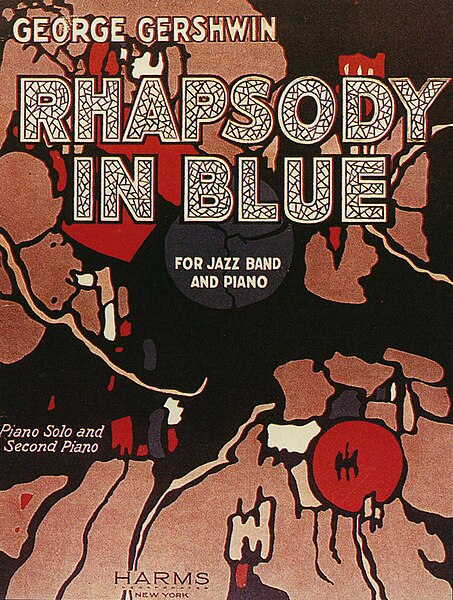
George Gershwin’s “Rhapsody in Blue” revolutionized American music, blending classical and jazz in a way that captivated audiences in 1924. The original sheet music, produced in limited numbers, is now a rare collector’s item. These early editions bear Gershwin’s original notations and dynamic markings, showcasing his vision for this iconic piece. The sheet music cover features bold Art Deco designs that capture the roaring energy of the Jazz Age. Many of these original copies are preserved in archives, though a few circulate in private collections. The value of these early prints has skyrocketed due to their scarcity and Gershwin’s lasting influence on music. “Rhapsody in Blue” sheet music holds historical and aesthetic significance for collectors.
“The Magic Flute” by Wolfgang Amadeus Mozart (1791)
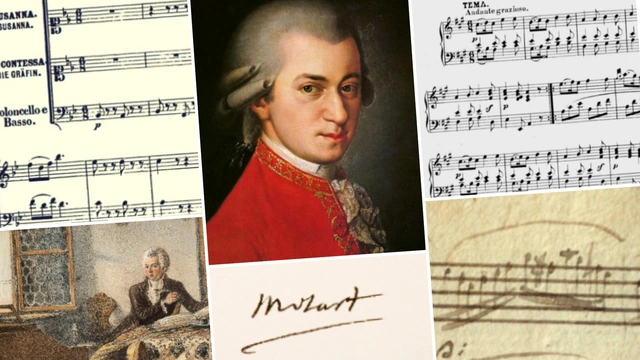
Mozart’s opera “The Magic Flute” was first performed in 1791, and original copies of its sheet music are extraordinarily rare. These editions offer insights into the operatic structure of one of Mozart’s most beloved works. The first prints are adorned with Baroque designs and detailed illustrations, capturing the whimsy of the opera’s storyline. Copies from the late 18th century provide a glimpse into the music publishing world of Mozart’s time. Due to their rarity, these sheet music editions are found in very few collections, mainly held by historical institutions or private owners. Their limited availability enhances their value, making them a treasure for opera and classical music aficionados alike. “The Magic Flute” continues to enchant audiences, and these early prints are priceless artifacts.
“Requiem” by Giuseppe Verdi (1874)
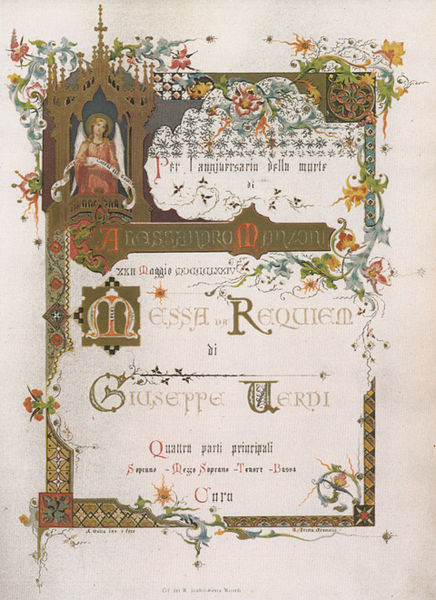
Giuseppe Verdi’s “Requiem” is a monumental piece, composed in 1874 and known for its powerful drama and emotional depth. First editions of the sheet music are rare, with many copies preserved in Italian archives. These early prints reflect Verdi’s intricate orchestration and complex choral arrangements, showcasing his genius for blending operatic and sacred music styles. The sheet music’s layout and detailed instructions make it an invaluable resource for understanding Verdi’s compositional intentions. Collectors prize these limited copies for their historical and artistic significance, particularly due to Verdi’s stature in Italian music. Owning one of these originals connects collectors to a critical era in opera. “Requiem” is revered globally, making these editions a treasured piece of musical heritage.
“Carnival of the Animals” by Camille Saint-Saëns (1886)
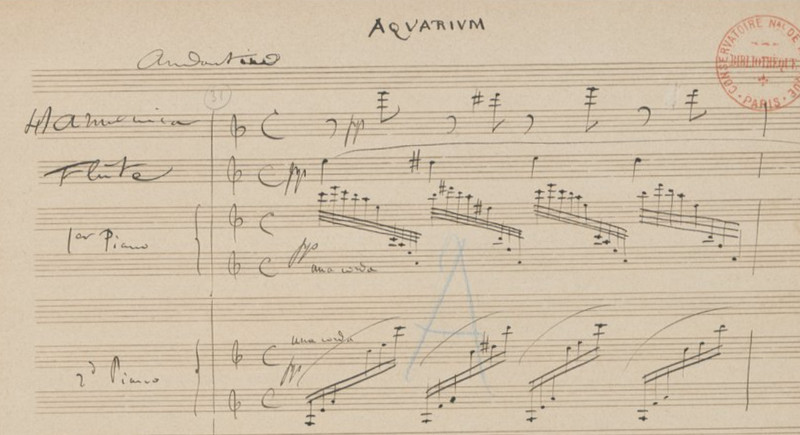
Camille Saint-Saëns’s “Carnival of the Animals” was a humorous suite that the composer originally reserved for private performances. First published in 1886, the original sheet music is rare and valued among collectors. Each movement depicts different animals through music, with whimsical compositions that appeal to all ages. These early editions feature Saint-Saëns’s own detailed annotations, providing insights into his creative process. As Saint-Saëns restricted performances during his lifetime, few copies of the original score exist today. Its rarity adds to its allure, attracting both music historians and avid collectors. “Carnival of the Animals” remains a beloved suite, and original editions are a testament to Saint-Saëns’s musical wit.
“Boléro” by Maurice Ravel (1928)
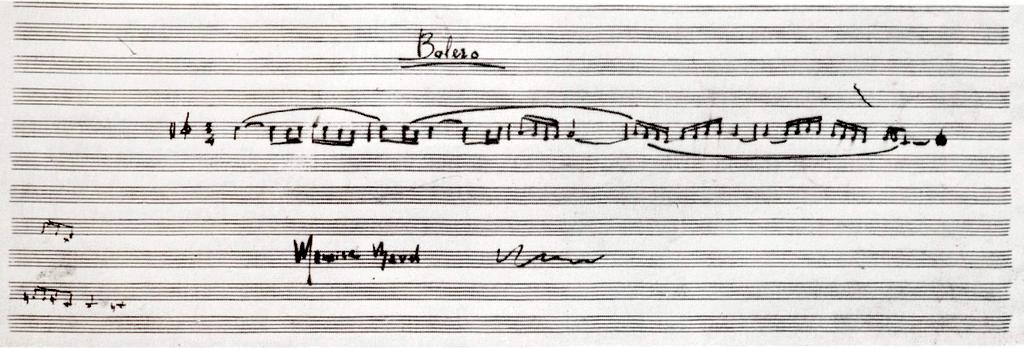
Maurice Ravel’s “Boléro,” composed in 1928, is one of the most hypnotic orchestral works in music history. First editions of the sheet music, limited in number, are highly sought after by collectors. Ravel’s “Boléro” gained fame for its continuous crescendo, a single theme building in intensity, and is a staple in concert halls today. These early copies contain Ravel’s exacting instructions, giving insight into his minimalist but powerful style. The sheet music cover reflects the Art Deco movement, with bold lines and symmetry that complement the piece’s rhythm. Rare and captivating, these editions are preserved by only a few collectors and institutions. “Boléro” is celebrated worldwide, with original sheet music symbolizing Ravel’s enduring legacy.
“Gymnopédies” by Erik Satie (1888)
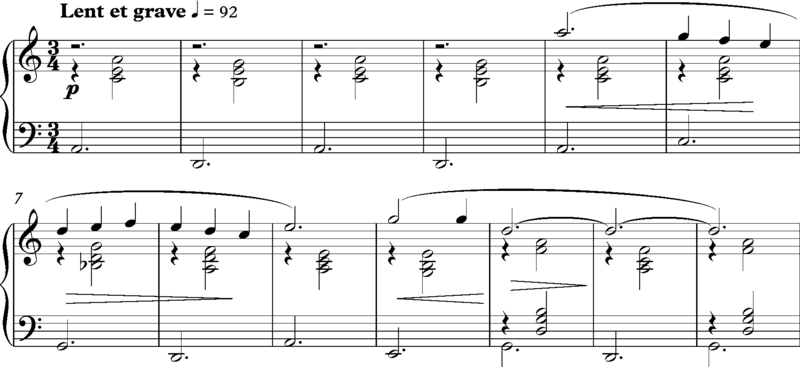
Erik Satie’s “Gymnopédies,” composed in 1888, are hauntingly simple yet profoundly impactful piano pieces. The original sheet music from their first publication is rare, coveted by collectors who appreciate Satie’s pioneering minimalist approach. These early editions offer a glimpse into Satie’s avant-garde aesthetic, with minimalist cover art that reflects his unique vision. Each copy contains the soft, melancholic melodies that would later influence ambient and modern classical music. Owning an original edition connects collectors to a turning point in music history. Satie’s unusual notations and performance directions also add intrigue to these early editions. These pieces remain highly influential, and original prints are prized for their beauty and historical importance.
“Fantaisie-Impromptu” by Frédéric Chopin (1834)
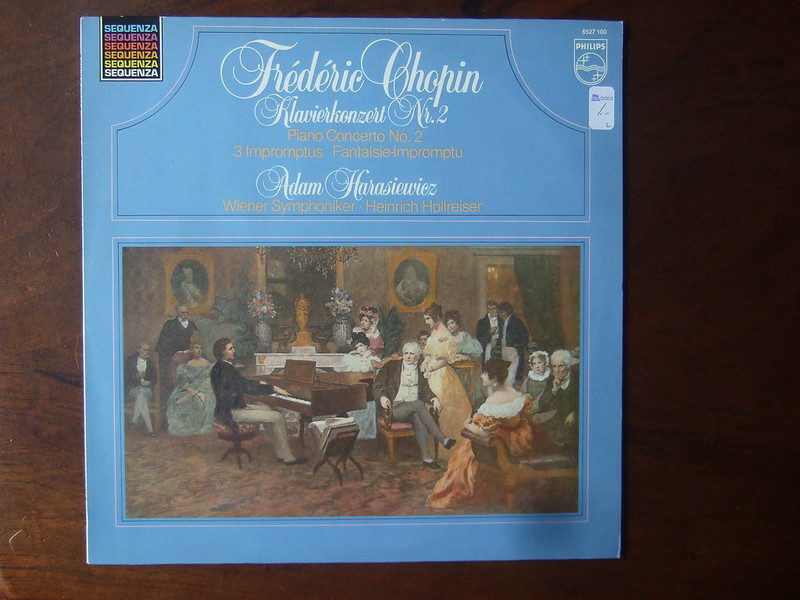
Chopin’s “Fantaisie-Impromptu,” composed in 1834, is one of his most complex and beloved works, known for its emotional depth and technical demands. The first edition of the sheet music is exceptionally rare, with only a handful of copies surviving to this day. These editions are valuable for capturing Chopin’s original notations and interpretive markings, offering insight into his musical genius. The cover design and typeface reflect the Romantic style, adding an aesthetic appeal to the historical significance. For collectors, these copies provide a unique connection to Chopin’s creative process and the era’s piano music. Many of these original editions are preserved in private collections or music libraries. Owning one of these rare copies is a treasure for any classical music enthusiast.
“The Blue Danube” by Johann Strauss II (1867)
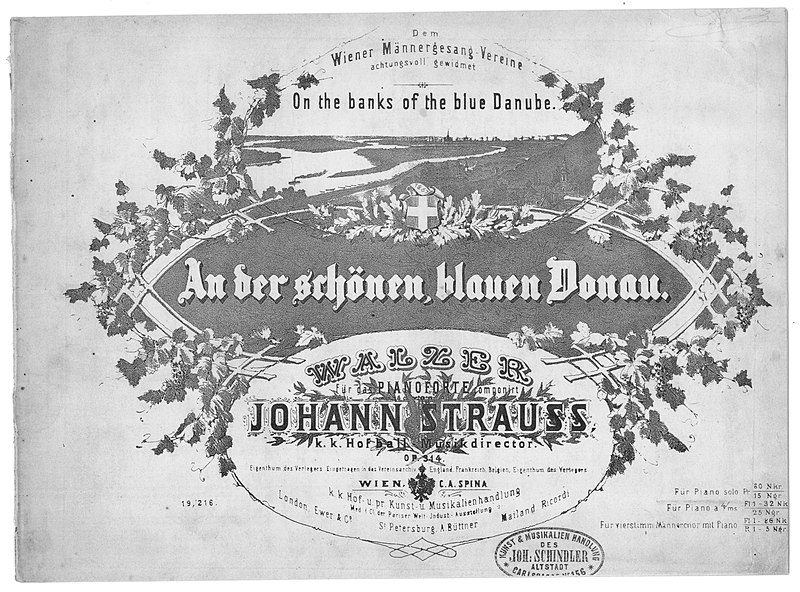
Johann Strauss II’s “The Blue Danube,” composed in 1867, became an anthem of Viennese waltzes and is still popular worldwide. Original copies of the sheet music from the 19th century are incredibly rare, reflecting the grandeur of the Viennese music scene. Each copy captures the elegance of Strauss’s composition, showcasing his command over waltz rhythms. These early prints feature elaborate typography and cover illustrations, adding to their collectible appeal. The few surviving original editions are considered historical artifacts, linking collectors to Vienna’s Golden Age of music. “The Blue Danube” remains a symbol of Strauss’s legacy, with early prints fetching high prices among collectors. These editions are more than sheet music; they’re pieces of musical heritage.
“Messiah” by George Frideric Handel (1741)
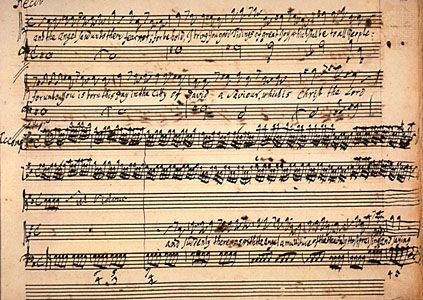
Handel’s “Messiah,” composed in 1741, is one of the most revered oratorios in Western music. Original editions of the sheet music are incredibly rare, with only a few surviving copies from the 18th century. These editions capture Handel’s original vision for the piece, with specific notations and instructions for performance. The cover design reflects the Baroque style, adding historical depth to this iconic work. Collectors value these early copies for their connection to one of classical music’s greatest works. Owning an original edition of “Messiah” is akin to holding a piece of religious and musical history. These copies are cherished by collectors for their beauty and significance.
This article originally appeared on Rarest.org.
More From Rarest.Org
The aviation industry plays an essential role in global transportation, moving millions of passengers across borders and continents each year. Some airlines stand out for their vast operations, extensive fleets, and impressive financial performance. Read more.
Board games have always been a cornerstone of family entertainment and nostalgic fun. However, many beloved games have been discontinued over time. Read more.
Europe is home to some of the world’s oldest nations, each with rich histories and unique origins. From ancient city-states to kingdoms that shaped the continent, these nations have stories stretching back centuries. Read more.



